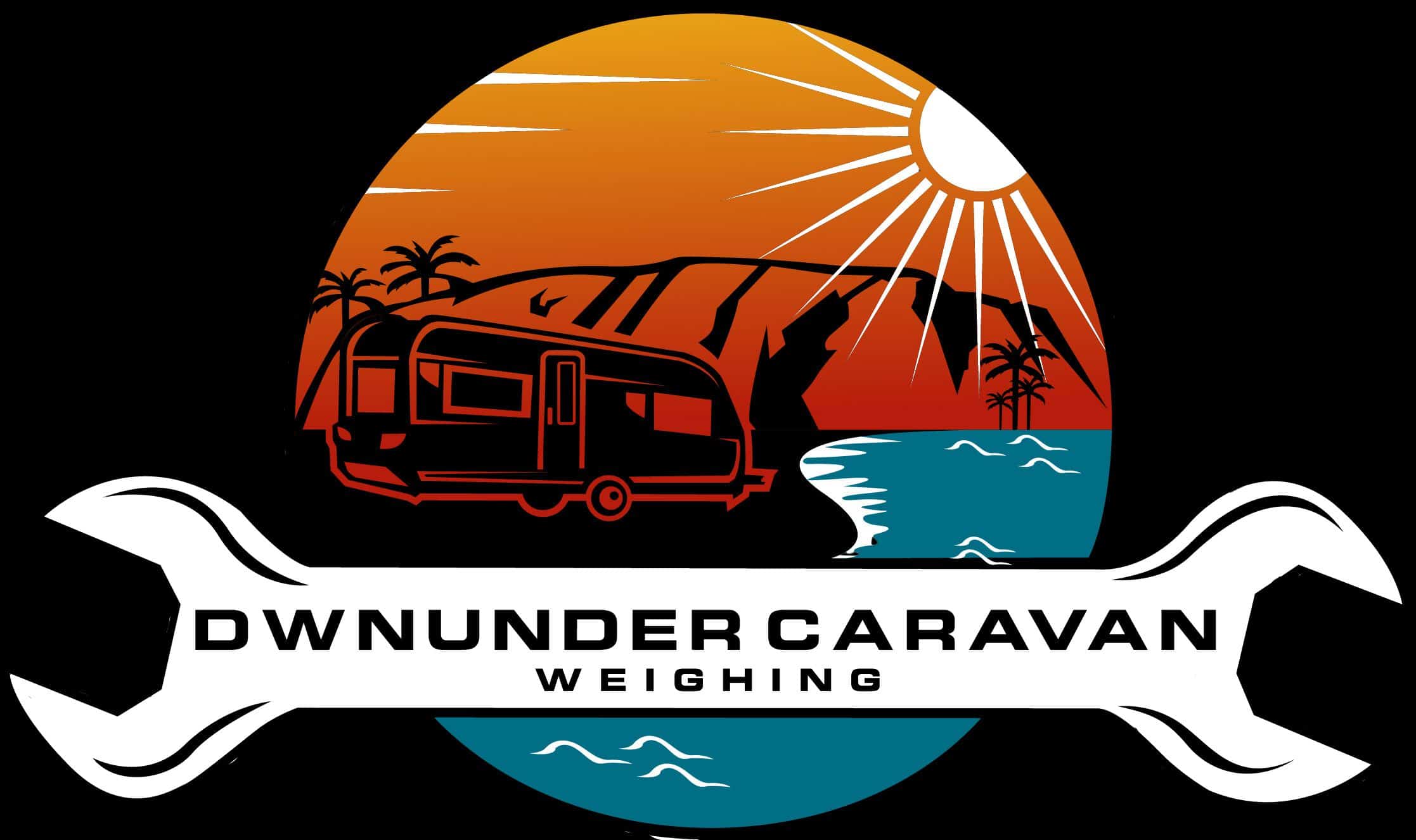Loading up your caravan and heading out around Australia is an iconic part of the Aussie lifestyle.
A caravan allows you to tow your home-away-from-home and get out and see some of Australias most beautiful places.
Improperly loaded caravans have increased chances of dangerous swaying, fishtailing, leaned tyres, compromised steering, braking and complete loss of control.
No one wants their road trip to turn for the worse due to an improperly balanced rig. By learning some critical tips for distributing weight you can avoid stability issues and tow confidently.
Tips for Properly Distributing Weight in Your Caravan
By following some critical tips for balancing weight and items in your caravan, you can help create optimal handling for a smooth, stable tow.
In this guide, we’ll provide our Aussie caravanners with tips for loading gear and supplies to distribute weight side-to-side and front-to-back properly.
Taking the time to balance weight keeps your caravan safe and enjoyable out on the open road.
1. Know the ATM (aggregate trailer mass)
The first step is to know your caravan’s Aggregate trailer mass or ATM. This spec, which you can find on the compliance plate or in documents this tells you the maximum weight the caravan is designed to hold when fully loaded safely.
2. Load Heavy Items Low
When organising your set up, load the heavy items low in the caravan, near the floor around where your axels are located.
Loading the heavy items low keeps the center of gravity low, which improves stability and handling when towing. It also helps prevent swaying or fishtailing.
3. Distribute Weight Evenly Side-to-Side
For optimal stability, ensure that your belongings are evenly distributed from side to side within the caravan.
When packing items such as food, clothing, tools, and other supplies, aim to balance the load to avoid having more weight on either the roadside or curbside.
4. Use a Tow Ball scale
Another weight consideration is the tow ball weight, the ideal hitch weight is 8-12% of your fully loaded caravan weight. Depending on size of caravan and tug weight of vehicle.
This transfers enough weight forward to help stabilise the rig. Use a tow ball scale or bathroom scale to check your hitch weight. Remember to take your measurement at “hitched height” (when the caravan is hooked up to the tow vehicle) to get the most accurate outcome.
5. Secure Interior Items
Once everything is loaded, secure interior items such as appliances, TVs, guitars, and anything else that might roll around, to prevent them from sliding during travel.
There is nothing worse than getting to camp and first thing is cleaning up a mess!
6. Check Tyre Pressure
With your caravan loaded, you may need to increase the tyre pressure to handle the additional weight.
Ensuring the tyres are at the correct pressure helps them support the extra load when towing. Always check and adjust tyre pressure before loading up to ensure safety. Under-inflated tyres can wear unevenly and overheat under heavy loads.
7. Weigh Fully Loaded
The best way to ensure your fully loaded caravan is properly balanced and within a safe overall weight is to weigh it. You can find scales at truck stops, waste transfer stations, and quarries.
However, for the most accurate results, using a mobile weighing company like ours is recommended. We provide precise measurements and offer suggestions on how to improve your ride, ensuring the best outcome for your weighing needs.
Conclusion
Distributing weight properly in your caravan with a low centre of gravity, balanced side-to-side load, good tow ball weight, secured items, and tyres at the correct PSI ensure a safe, stable trip. Before heading out on, take the time to load smartly.
DwnUnder’s mobile weighing services provide on-site weighing services we also take the time to improve or correct your set up, you will receive a 3 page comprehensive report and things explained to you in layman terms so that you leave feeling confident and with understanding.
For more information please get in contact with DwnUnder weighing today!
Phone: 0492 184 495
Email: info@dwnunder.com.au
Website: www.dwnunder.com.au

